Dostoevsky said that the degree of civilisation in a society could be judged by entering its prisons. Does the same apply to its asylums? The history of the mental institution can be a melancholy field of study. It is punctuated by repeated revolutions, as whole generations of thinking are overturned, often accompanied by horror at former practices – and yet each new regime has brought fresh inadequacies and inhumanities.
The Wellcome Collection’s current exhibition approaches the subject with a focus on the Bethlem Royal Hospital in London, founded in 1247. After the Great Fire of 1666, the hospital was rebuilt in Moorfields, just to the north of the City. And it was rebuilt in handsome style, to a design by Robert Hooke, with a façade modelled on the Tuileries Palace. The new landmark was much praised, almost too good for its residents. As Roger L’Estrange gushed in 1676, the year the new hospital opened:
So Brave, so Neat, so Sweet it does appear,
Makes one Half-Madd to be a Lodger there;
And those poor souls, whose Crazed Brains advance
Their Roving Fancies to extravagance
of being Princes, needs must think it True,
When they shall such a Towering Pallace view.
But behind Bethlem’s façade was Bedlam, the proverbial place of uproar and chaos: an understaffed, dingy warren regarded with fear and loathing – reactions which were reflected onto its inmates. Bethlem was reliant on charity, and to keep the donations coming it was open to visitors, a macabre tourist attraction. That such depravity could hide behind a stately exterior was a gift to literature and satire, helping ease the hospital into legend – Hogarth’s Rake ends his progress there, although the arms of Britannia on the wall behind him suggests he has always been in an asylum of a larger sort.
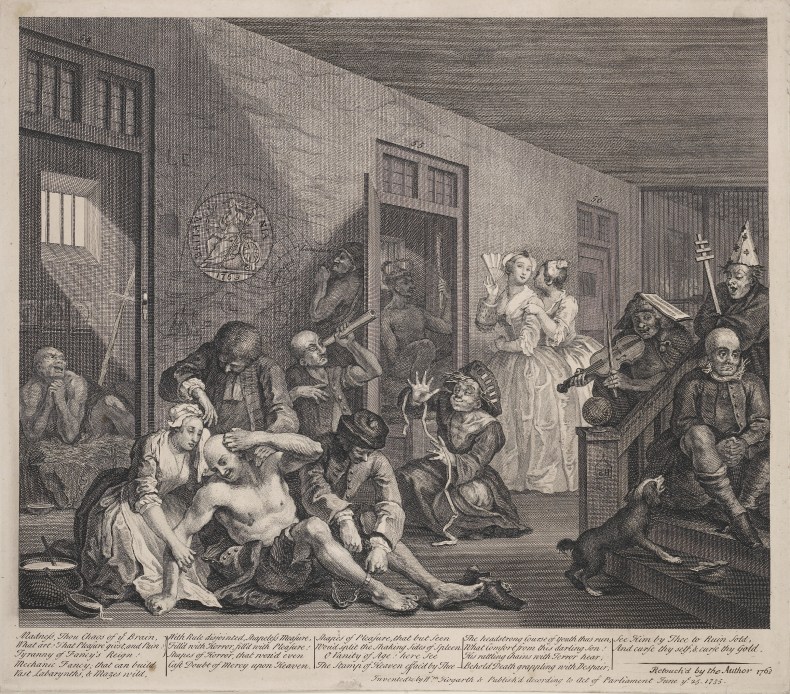
The Rake’s Progress (with Britannia), (1763), William Hogarth. © Trustees of the British Museum
The case that forced reform was the death of James Norris, who was restrained in the same position for 12 years. Bethlem’s reform was late. Even before Norris was put in chains, the physician Philippe Pinel had abolished restraint at the Bicêtre and Salpêtrière asylums in Paris, a much-painted event much polluted by myth – the Wellcome’s use of a shadowy Tony Robert-Fleury oil of 1876 (from its own collection) feels appropriately ambivalent.
Bethlem was rebuilt again in 1810, following a public architectural competition. Among the entrants was James Tilly Matthews, a Bethlem inmate since 1797, who produced the first recorded asylum design by an actual patient. Matthews proposed that the asylum should be a place where patients could cultivate gardens and do useful work. This was in line with the ideology of the ‘moral treatment’, which broadly meant treating mentally ill people as human beings rather than dangerous beasts. It was this approach that led to the Victorian institutions that loom large in our imagination of the ‘asylum’ – self-contained universes that afforded a modicum of dignity, but were still sealed off from society. Bethlem moved to Lambeth – among the artefacts the Wellcome has borrowed from the Bethlem Museum of the Mind is a copy of the patient-produced magazine Under the Dome, the title of which refers to the chief feature of the new building. That building today houses the Imperial War Museum, another gift to satire. In the 1930s the hospital was rebuilt again, in suburban Beckenham, where it continues to treat mental illness.
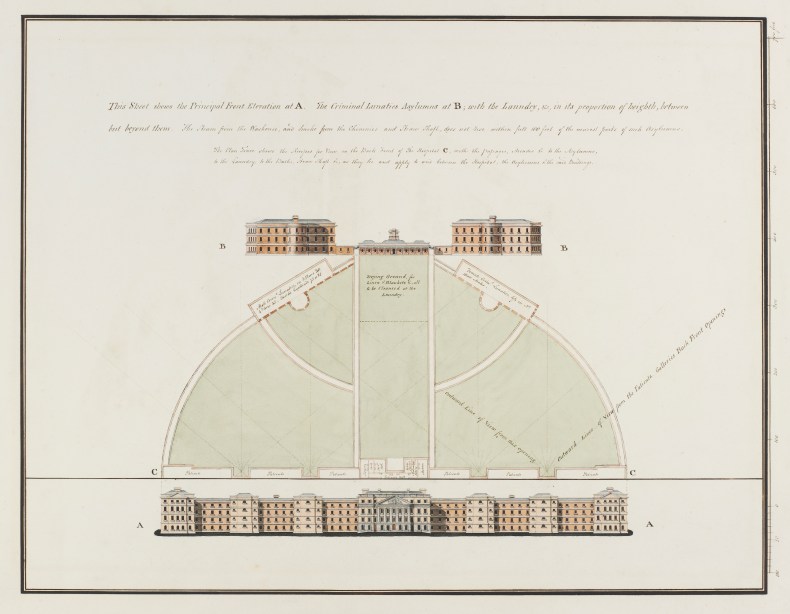
James-Tilly-Matthews-Architectural-Plans-and-Explanatory-Notes-for-a-new-Bethlem-Hospital-courtesy-Bethlem-Museum-of-the-Mind Architectural plans and explanatory notes for a new Bethlem Hospital, (1810), James Tilly Matthews. courtesy Bethlem Museum of the Mind
With the rise of the moral treatment came interest in art made by asylum patients. Bethlem hosted the apocalyptic visions of Jonathan Martin and the fantasias of Richard Dadd, as well as the pained embroideries of Mary Anne Heaton, each one pleading the wrongness of her incarceration. But ‘outsider’ art, such a rich field in itself and sometimes a troubling path to exoticism, does not overwhelm the medical-historical mission of the show. Examples are well chosen: particularly fascinating is Abandoned Goods, a 2014 film by Pia Borg and Edward Lawrenson about the 100,000 works of art produced by patients at Netherne hospital in Surrey before its closure in 1993.
In the 1950s and ’60s asylums came under a twin assault. Drugs such as Thorazine (Largactil) promised effective management of mental illness, but were in reality often just a straitjacket in pill form. Meanwhile thinkers such as Goffman, Foucault, and Laing were blasting away at the asylum, showing the malign influence of these ‘total institutions’. The most unexpected objects in the exhibition are the promotional artworks commissioned by drug companies to shift their pills: Salvador Dalí illustrating the beneficial effects of Miltown (Meprobramate), a tranquilliser, and Symposium in Blues (1966), an album made by Merck to sell Elavil (Amitriptyline).
Meanwhile Schering Laboratories used reproductions of pre-Columbian artefacts to promote psychotropic drugs in the 1970s. In Javier Téllez’s Schering Chess (2015), one of several installations especially commissioned for the show, they are used as pieces on a chess board. It takes some thought to pick the symbolic bones out of that, but it’s the richest and most rewarding of the commissioned works. ‘Bedlam: The Asylum and Beyond’ tries to do a great deal in a small space, and mostly succeeds, charting a difficult course between dryness and sensationalism. When it falters it is mostly because the visitor wants more – this is particularly true in a sparse final section looking to the future. The exhibition was curated by Mike Jay and Bárbara Rodríguez Muñoz, and Jay’s accompanying book is superb, stiff with illustration, sources, and background.
‘Bedlam: The Asylum and Beyond’ is at the Wellcome Collection, London, from 15 September–15 January 2017.
Unlimited access from just $16 every 3 months
Subscribe to get unlimited and exclusive access to the top art stories, interviews and exhibition reviews.

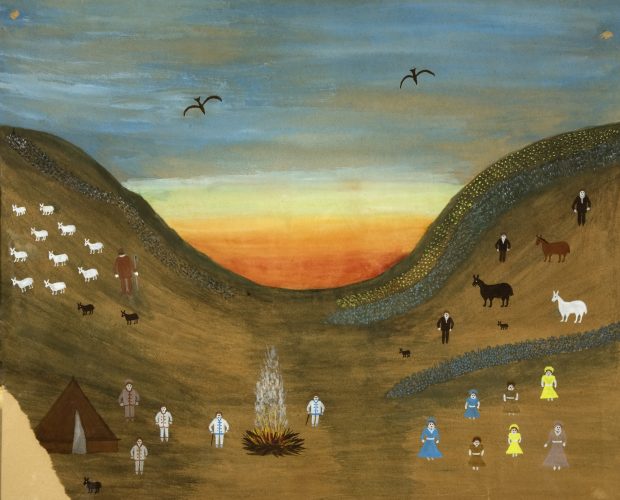
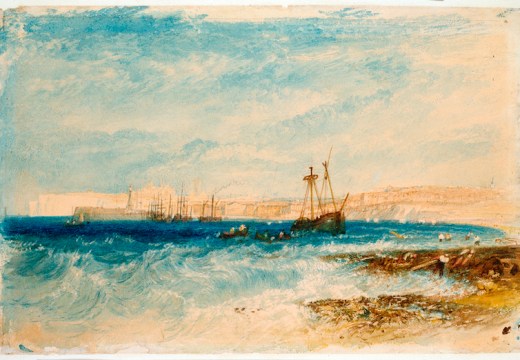

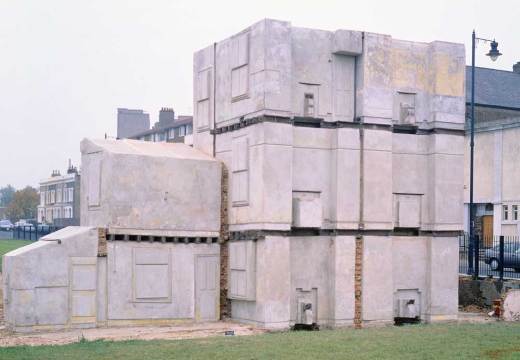









![Masterpiece [Re]discovery 2022. Photo: Ben Fisher Photography, courtesy of Masterpiece London](http://www.apollo-magazine.com/wp-content/uploads/2022/07/MPL2022_4263.jpg)
Why are fathers so absent from art history?